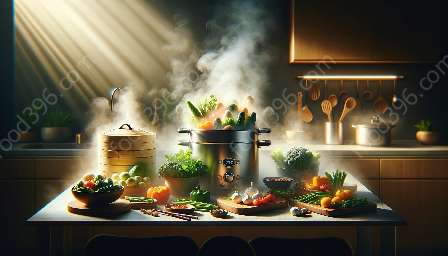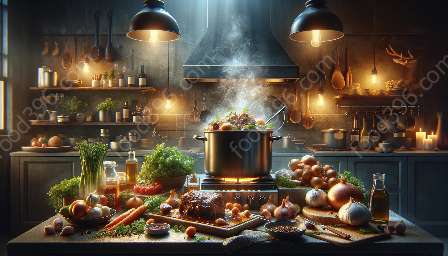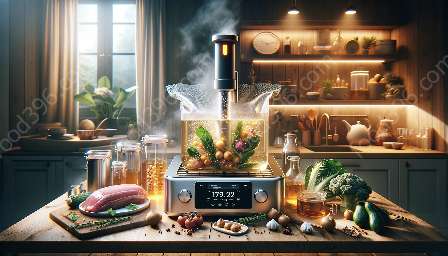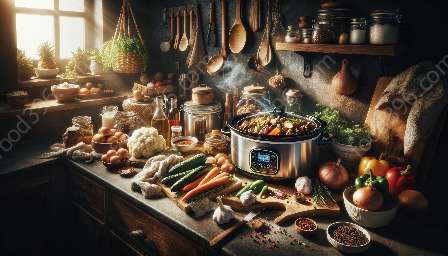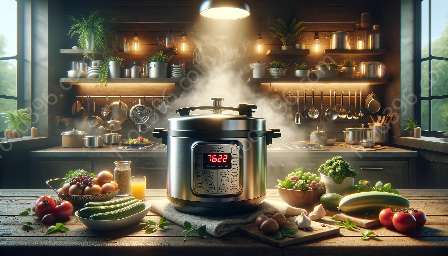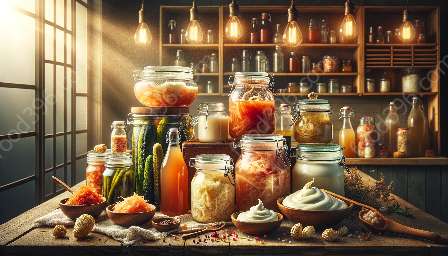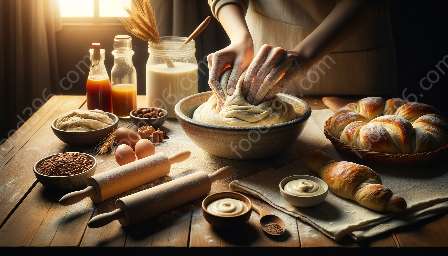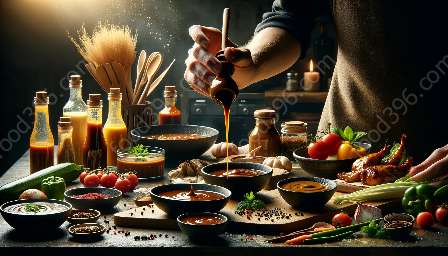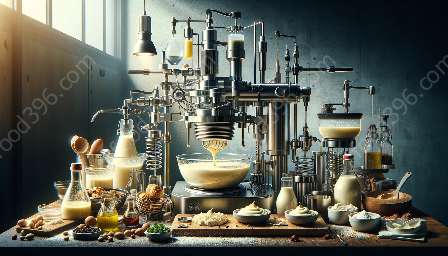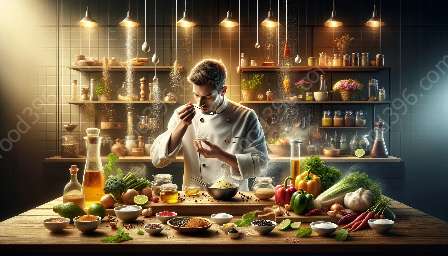Pressure cooking has revolutionized the way we prepare food, offering a quick and efficient method to cook a variety of delicious dishes. Discover the benefits, techniques, and impact of pressure cooking on the world of food and drink.
The Benefits of Pressure Cooking
Pressure cooking offers numerous benefits, making it an attractive option for home cooks and professional chefs alike. The high pressure and steam inside the sealed pot allow food to cook faster than traditional methods, which preserves nutrients and enhances flavors. Additionally, it requires less water, helping to retain the color, texture, and flavor of the ingredients. This efficiency reduces cooking time significantly, making it ideal for busy individuals.
Health Benefits
Pressure cooking not only saves time but also preserves the nutritional value of the food. The shorter cooking time and reduced need for added fats make pressure-cooked meals healthier and more nutritious. The method also retains more water-soluble vitamins and minerals, promoting a healthier diet and lifestyle.
Enhanced Flavors
The intense pressure and heat of pressure cooking allows for deeper flavor infusion. This method enhances the natural flavors of the ingredients and tenderizes tough cuts of meat, resulting in mouthwatering dishes that are full of rich, savory tastes.
Techniques of Pressure Cooking
Mastering the art of pressure cooking involves understanding the techniques that maximize the potential of this cooking method. Properly sealing the cooker, regulating the pressure, and releasing steam are crucial aspects of successful pressure cooking. By following precise instructions and using the appropriate cooking times for different foods, one can achieve optimal results.
Sealing and Safety
Sealing the pressure cooker properly is of utmost importance to ensure safe and efficient cooking. Most modern pressure cookers come with safety mechanisms to prevent accidents, and it's essential to understand and follow the manufacturer's guidelines for safe operation.
Regulating Pressure
Regulating pressure is necessary to prevent overcooking or undercooking food. By monitoring the pressure levels and adjusting the heat, one can maintain the ideal cooking conditions. Different foods may require different levels of pressure, so understanding these variations is essential for successful pressure cooking.
Steam Release
After the cooking process, releasing steam safely is another important step. Depending on the recipe, quick or natural release methods may be used to ensure that the food is cooked to perfection without compromising its texture and flavor.
Impact on Food Preparation
Pressure cooking has a significant impact on food preparation, influencing a wide range of culinary creations. It allows for the swift and efficient preparation of various dishes, from soups and stews to roasts and rice dishes. The speed and versatility of pressure cooking make it an invaluable tool in the kitchen.
Variety of Recipes
Pressure cooking opens up a world of possibilities for diversifying the menu. It is particularly well-suited for preparing tender meats, flavorful beans, and vibrant vegetables, offering endless opportunities to create enticing meals for any occasion.
Time Efficiency
The time-saving aspect of pressure cooking is especially beneficial for busy individuals and families. It enables the preparation of homemade, nutritious meals in a fraction of the time it would take with conventional cooking methods, supporting a healthy and balanced lifestyle.
Culinary Innovation
Professional chefs and culinary enthusiasts have embraced pressure cooking as a way to experiment with new flavors and textures. This method has sparked culinary innovations, leading to the development of creative recipes that fully utilize the unique advantages of pressure cooking.





